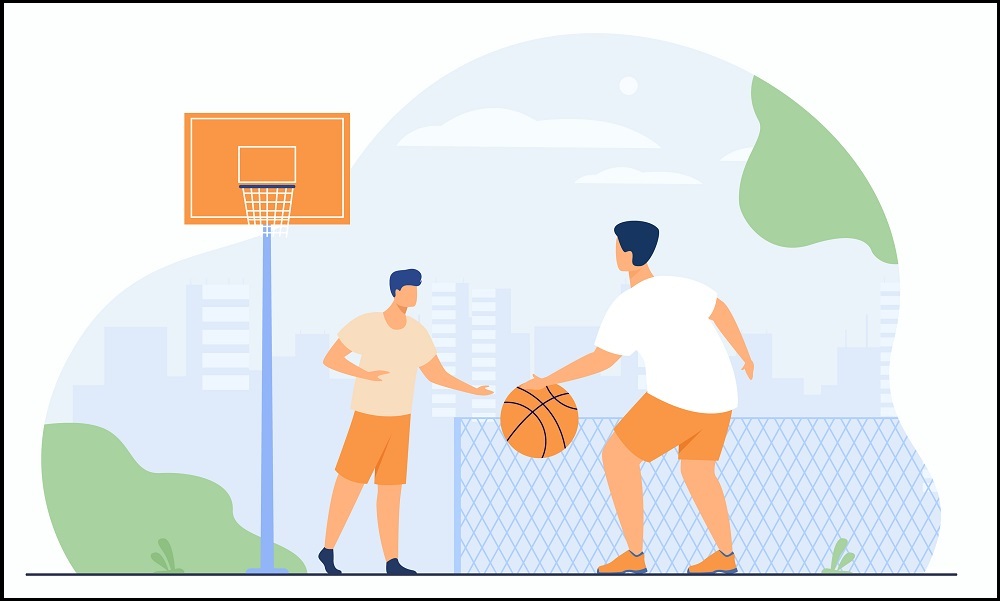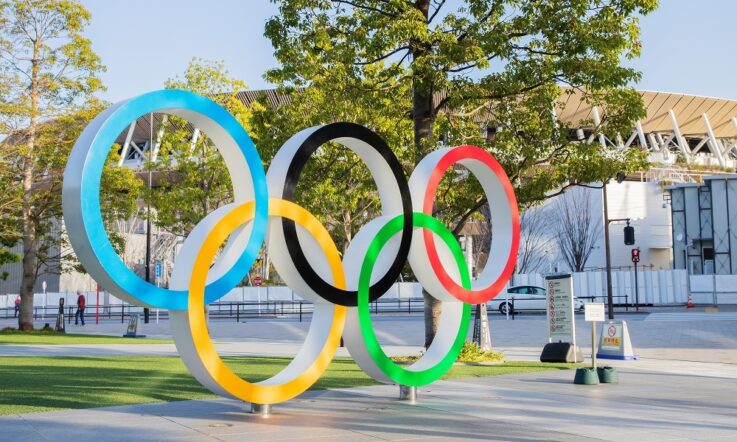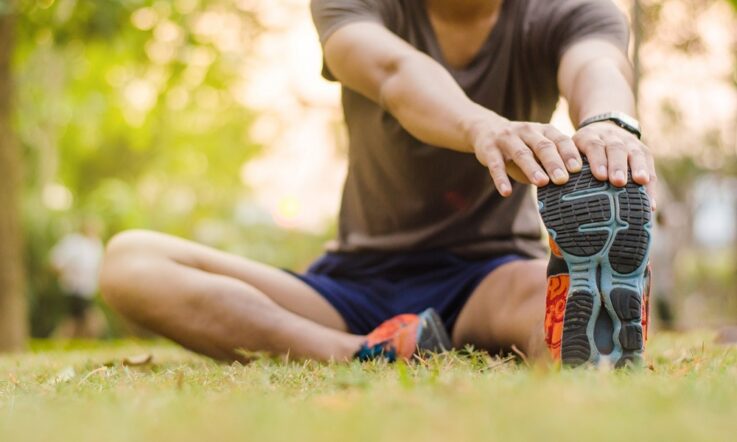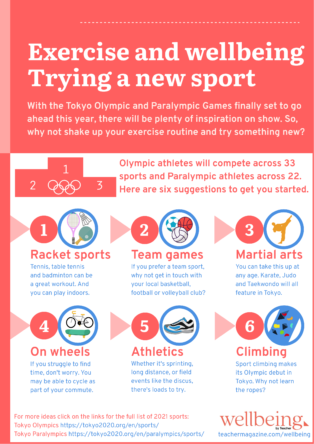In Victoria, participation in sport peaks between the ages of 10 and 14 at just over 50 per cent. By age 20-24, participation rates plummet to around 14 per cent, and for each age bracket beyond this, rates don’t exceed 10 per cent.
When was the last time you played a team or club-based sport? If it was when you were a teenager, you’re not alone. For adults over the age of 25 in the Australian state of Victoria, participation rates in sport don’t exceed 10 per cent. This is compared to a peak of 51 per cent between the ages of 10 and 14.
However, research shows playing sport has a positive impact on our social, mental and physical wellbeing. Dr Rochelle Eime is a Professor of Sport Participation at Federation University and Victoria University and Director of PASI (Physical Activity and Sport Insights) and she says there are additional benefits to participating in team sports as opposed to exercising alone.
Team sports vs exercising individually
‘Participation in sport actually improves your social and mental health and wellbeing above and beyond being physically active by yourself,’ Eime tells Wellbeing by Teacher.
Studies she’s conducted with colleagues (Eime et al., 2010 & Eime et al., 2013) found ‘adults had improved social and mental health and wellbeing and life satisfaction if they were involved in those team or club-based sports.
'And that was predominantly because they are social in nature. You’re part of a team or you’re part of a club,’ Eime shares.
The impact of team and club-based sports on our social and mental health was made abundantly clear during the restrictions on sport during COVID-19 lockdowns. Surveys conducted by Eime and her colleagues showed that men had poorer health outcomes during lockdown periods than women.
‘Because our cohort were people who normally played club-based sport – and for a lot of the adults, for the men, it was their men’s shed,’ she explains. ‘That community sport was where they talked to other men about things. … And I had a lot of older men ring me up that played bowls or golf, and then couldn’t, and they said how important it was… for their social connectedness. So, really, sport is the vehicle for those health outcomes.’
Overcoming participation barriers
Eime says there are two main reasons adults are unlikely to participate in sport:
- The competitive nature
- Having a dissimilar age and skillset to other adults
This is because when you’re a young adult, sport options tend to be in a traditionally competitive mode only, so if you don’t have the skillset or drive for this setting it can be hard to find an alternative. As well as this, adults typically play in an open age category, so if you’re an older adult keeping up with those much younger than you can be challenging.
‘A lot of the state sporting associations and local governments are trying to get different opportunities, but for adults trying to re-engage back into sport, it’s about trying to find a friend that’s also interested. We know that motivation to be active is to have other people to be active with,’ Eime shares.
Top tips for re-engaging in sport
The key to setting yourself up to successfully re-engage into playing a team or club-based sport as an adult is to ensure you have an appropriate level of fitness and skill before you jump back into the game. ‘You need a level of skill level and fitness to actually enjoy having fun. If we go out and have a hit of tennis and all we’re doing is picking up the balls all the time because we can’t serve and rally, no one’s having fun,’ Eime says.
It's also a good idea to do some research about what is available locally. For example, there may be a local sporting club that runs a re-engagement program.
The main thing to keep in mind though is to do something you enjoy. ‘People will remain active through whatever activity they find fun and enjoyable. So, it’s about people finding what they find fun and enjoyable,’ Eime says.
References
Eime, R. M., Harvey, J. T., Brown, W. J., & Payne, W. R. (2010). Does sports club participation contribute to health-related quality of life?. Medicine and science in sports and exercise, 42(5), 1022–1028. https://doi.org/10.1249/MSS.0b013e3181c3adaa
Eime, R. M., Young, J.A., Harvey, J. T., Charity, M. J & Payne, W. R. (2013). A systematic review of the psychological and social benefits of participation in sport for adults: informing development of a conceptual model of health through sport. International Journal of Behavioral Nutrition and Physical Activity. https://doi.org/10.1186/1479-5868-10-135
VicHealth (2022). Sport participation in Victoria 2015-2020 and the impact of COVID-19 on participation: Research Summary. https://www.vichealth.vic.gov.au/-/media/VH_Sport-participation-2015-20_Research-Summary.pdf?la=en&hash=2CA4C80925121AA21E800C9D188E57720BF5BA45





